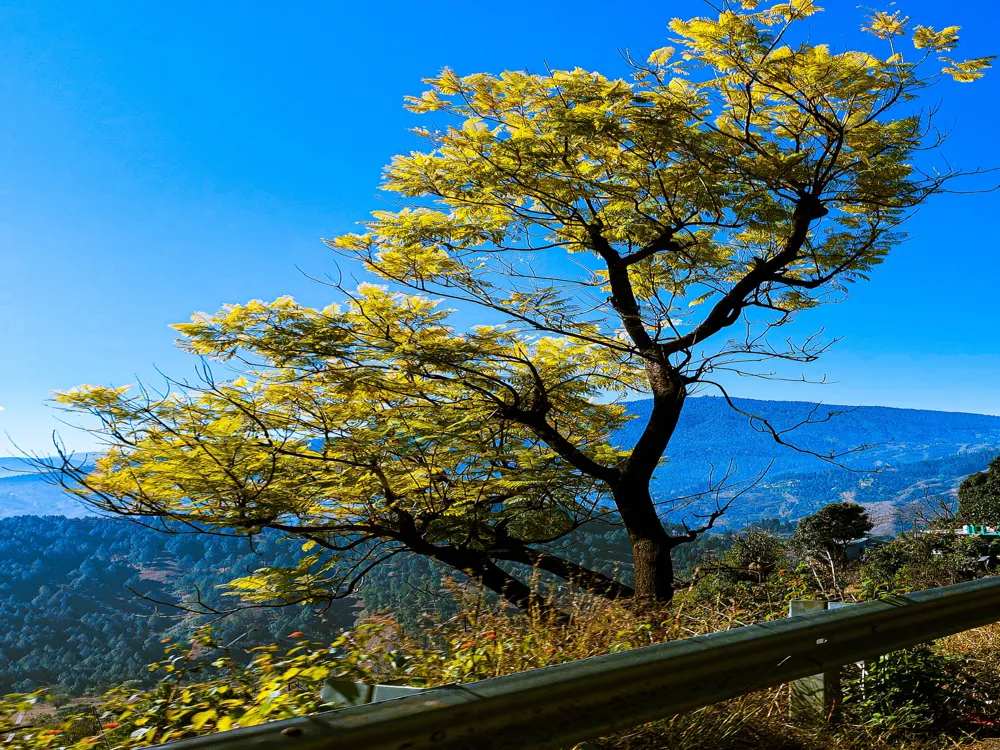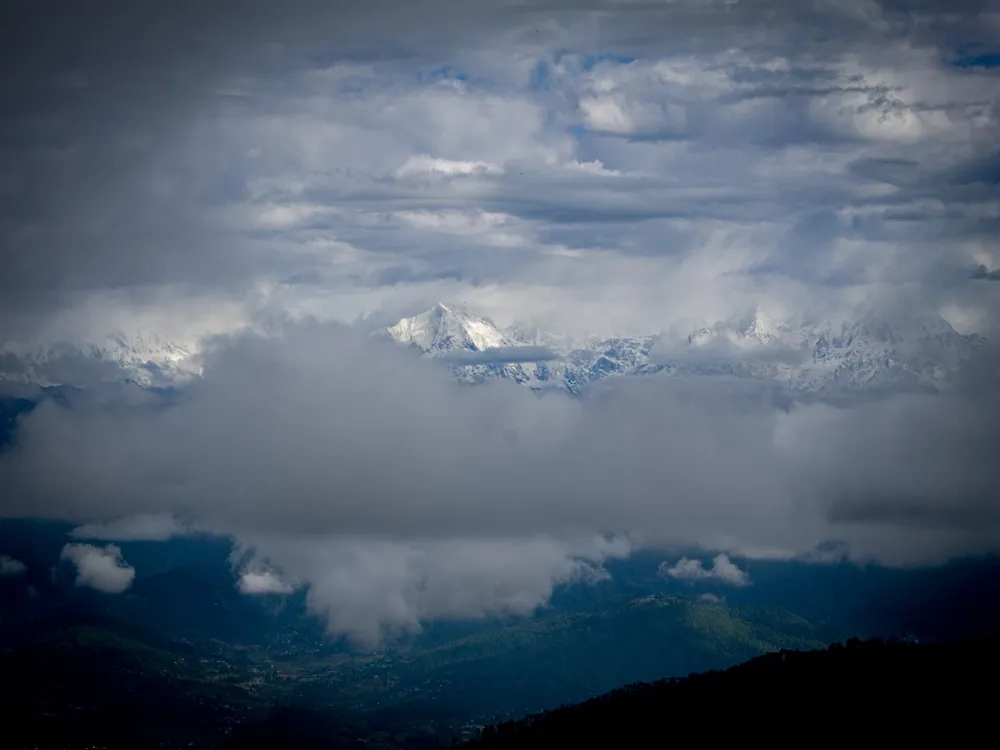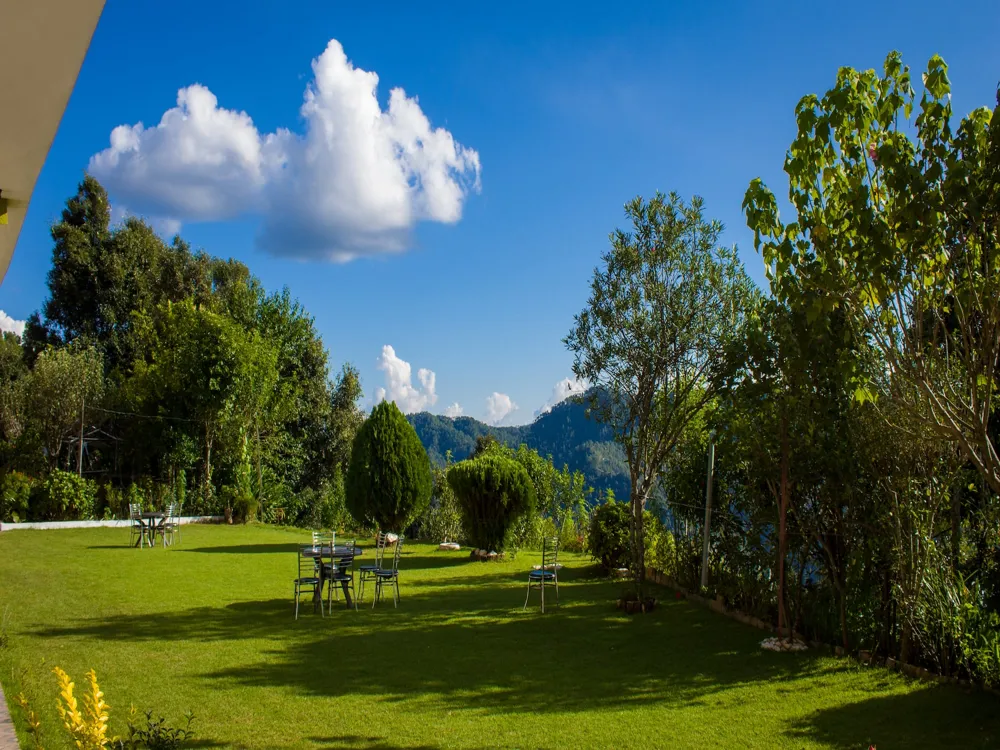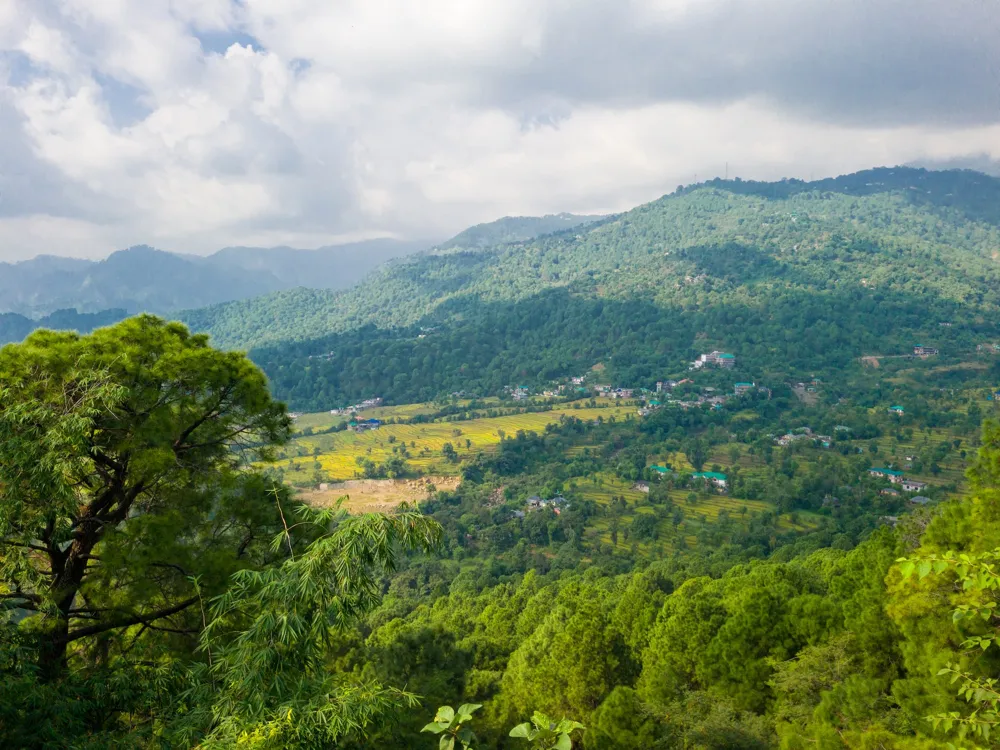Nestled in the serene landscape of Uttarakhand, Bigul is a captivating town in the Bageshwar district, known for its rich cultural heritage and breathtaking natural beauty. This picturesque destination, surrounded by lush greenery and the majestic Himalayan ranges, offers a unique blend of tranquility and spiritual bliss. The town is not only a haven for nature lovers but also a hub for those seeking a deeper understanding of the region's history and cultural significance. The origin of Bigul dates back centuries, with its history intertwined with the legends of the Kumaon region. The town's name itself is steeped in folklore, suggesting a deep connection with local myths and beliefs. Over the years, Bigul has evolved, preserving its ancient charm while embracing modernity. It serves as a gateway to many pilgrimage sites and provides a glimpse into the traditional lifestyle of the Kumaoni people. The vibrant festivals and rituals celebrated here are a testament to the rich cultural tapestry of this area. Bigul's landscape is characterized by terraced fields, traditional houses, and sacred temples that dot the hillsides. The town's proximity to the Pindari and Sunderdhunga glaciers makes it a starting point for several trekking expeditions. Additionally, the local cuisine, handicrafts, and folk music add layers to the visitor's experience, making Bigul a destination that captivates both the heart and soul. The architecture of Bigul is a vivid representation of the region's historical and cultural ethos. It is a harmonious blend of indigenous styles and influences from various eras. The buildings in Bigul are predominantly constructed using locally sourced materials such as stone, wood, and slate, which not only make them sustainable but also blend seamlessly with the natural surroundings. One of the most striking features of Bigul's architecture is the use of intricately carved wooden doors and windows, which are not just functional elements but also artistic expressions. These carvings often depict scenes from local mythology, flora and fauna, and daily life, offering insight into the community's beliefs and values. The slate roofs, another characteristic feature, are designed to withstand the harsh mountainous weather while adding an aesthetic element to the buildings. Temples in Bigul showcase an exquisite form of hill architecture. They are usually small in size but rich in artistic details, with beautifully carved wooden facades, tapering roofs, and ornate bell structures. These temples not only serve as places of worship but also as cultural landmarks that preserve the artistic heritage of the region. Bigul is best visited between April to June and September to November. During these months, the weather is pleasant, with clear skies and comfortable temperatures, ideal for exploring the town and its surroundings. Visitors are advised to respect local customs and traditions. Dress modestly when visiting religious sites, and always ask for permission before taking photographs of the locals or their properties. Bigul offers a range of accommodation options, from budget homestays to luxury resorts. Booking in advance is recommended, especially during peak seasons. Bigul is well-connected by road and can be reached via various modes of transportation. The nearest airport is at Pantnagar, approximately 200 kilometers away, while the closest railway station is at Kathgodam, around 180 kilometers from Bigul. From these points, visitors can hire taxis or take local buses to reach Bigul. The journey offers scenic views of the Himalayan landscape, making it an experience in itself. Read More:Overview of Bigul in Bageshwar, Uttarakhand
Architecture of Bigul
Tips When Visiting Bigul
Best Time to Visit
Local Etiquette and Customs
Accommodation Options
How To Reach Bigul
Bigul
Bageshwar
Uttarakhand
NaN onwards
View bageshwar Packages
Bageshwar Travel Packages
View All Packages For Bageshwar
Top Hotel Collections for Bageshwar

Private Pool

Luxury Hotels

5-Star Hotels

Pet Friendly
Top Hotels Near Bageshwar
Other Top Ranking Places In Bageshwar
View All Places To Visit In bageshwar
View bageshwar Packages
Bageshwar Travel Packages
View All Packages For Bageshwar
Top Hotel Collections for Bageshwar

Private Pool

Luxury Hotels

5-Star Hotels

Pet Friendly






















